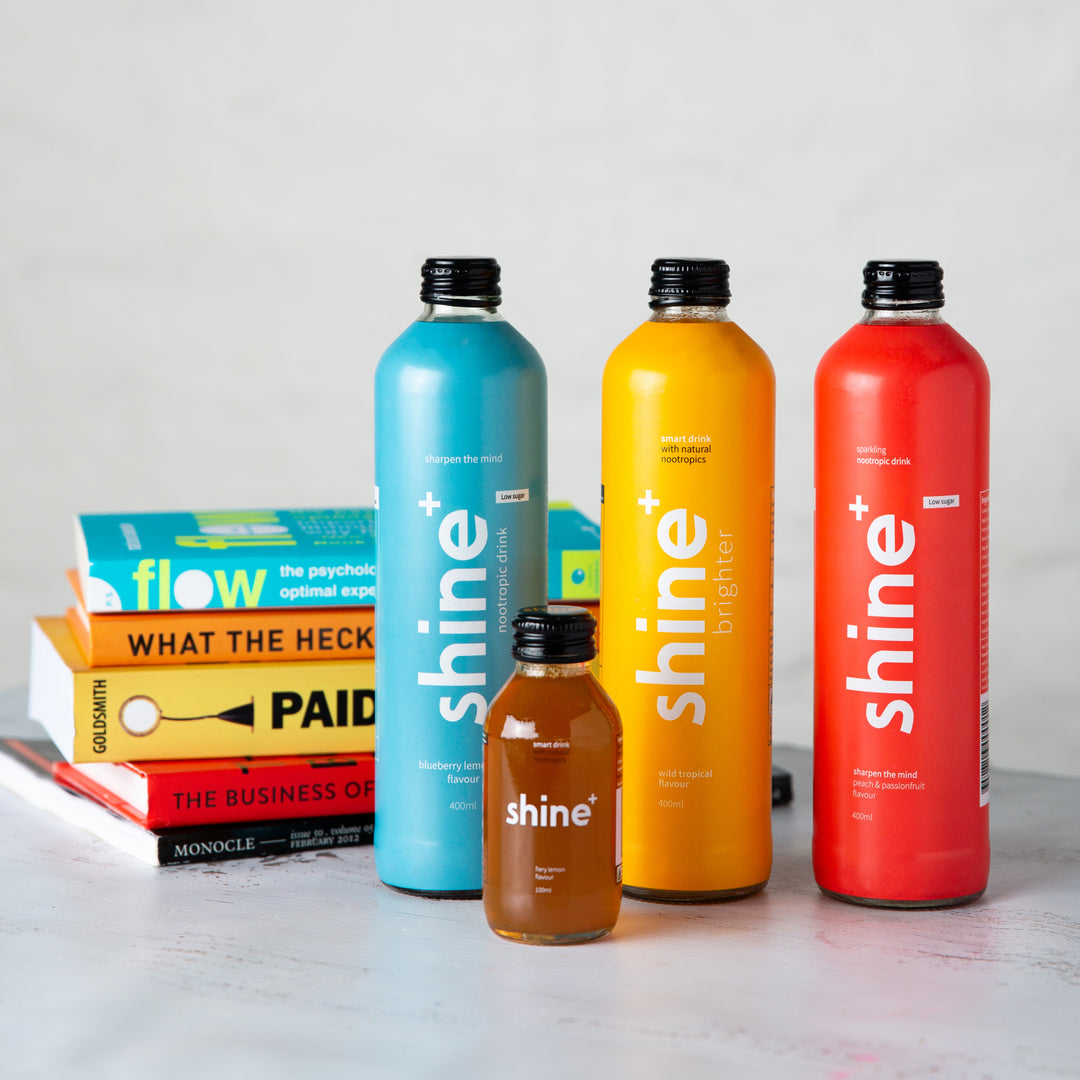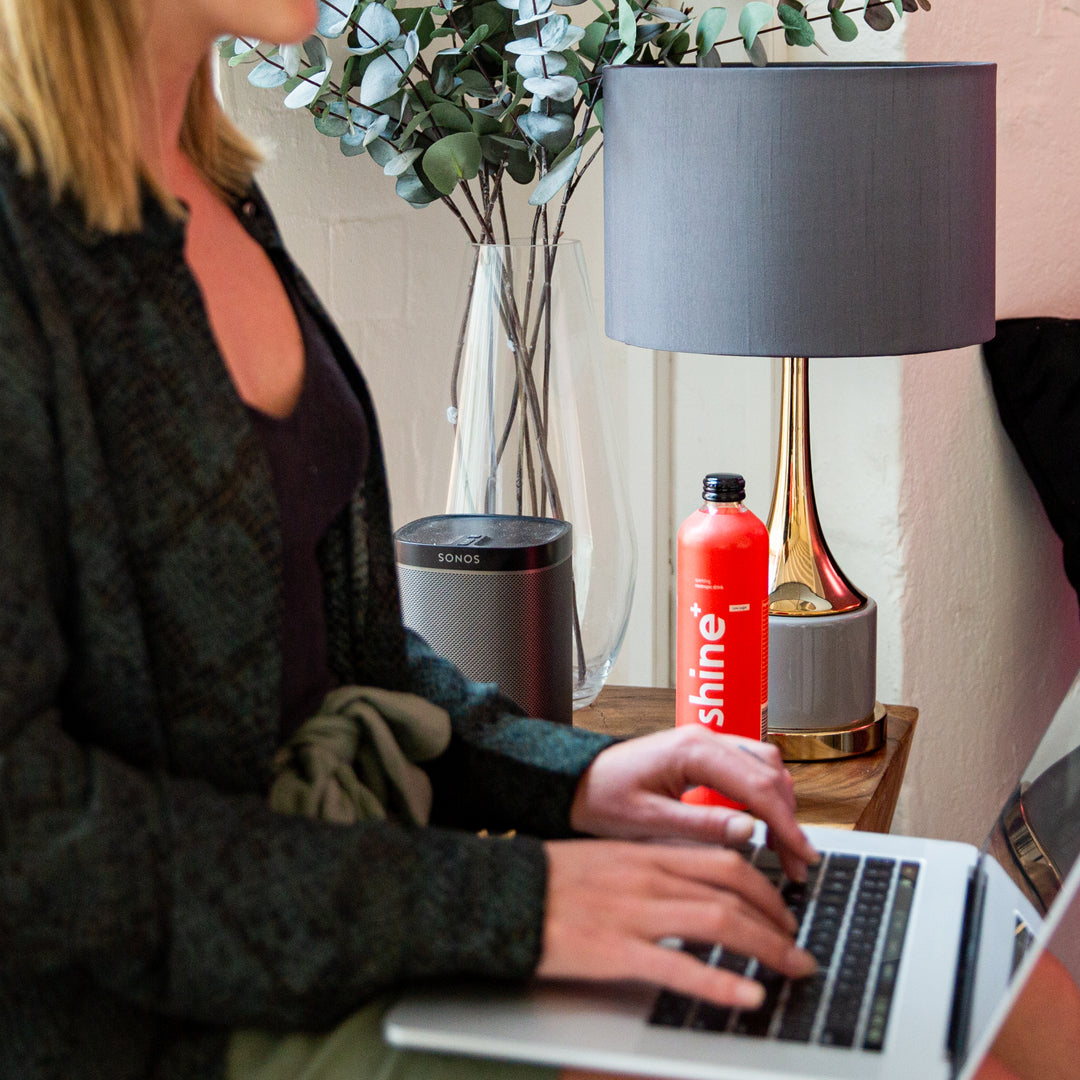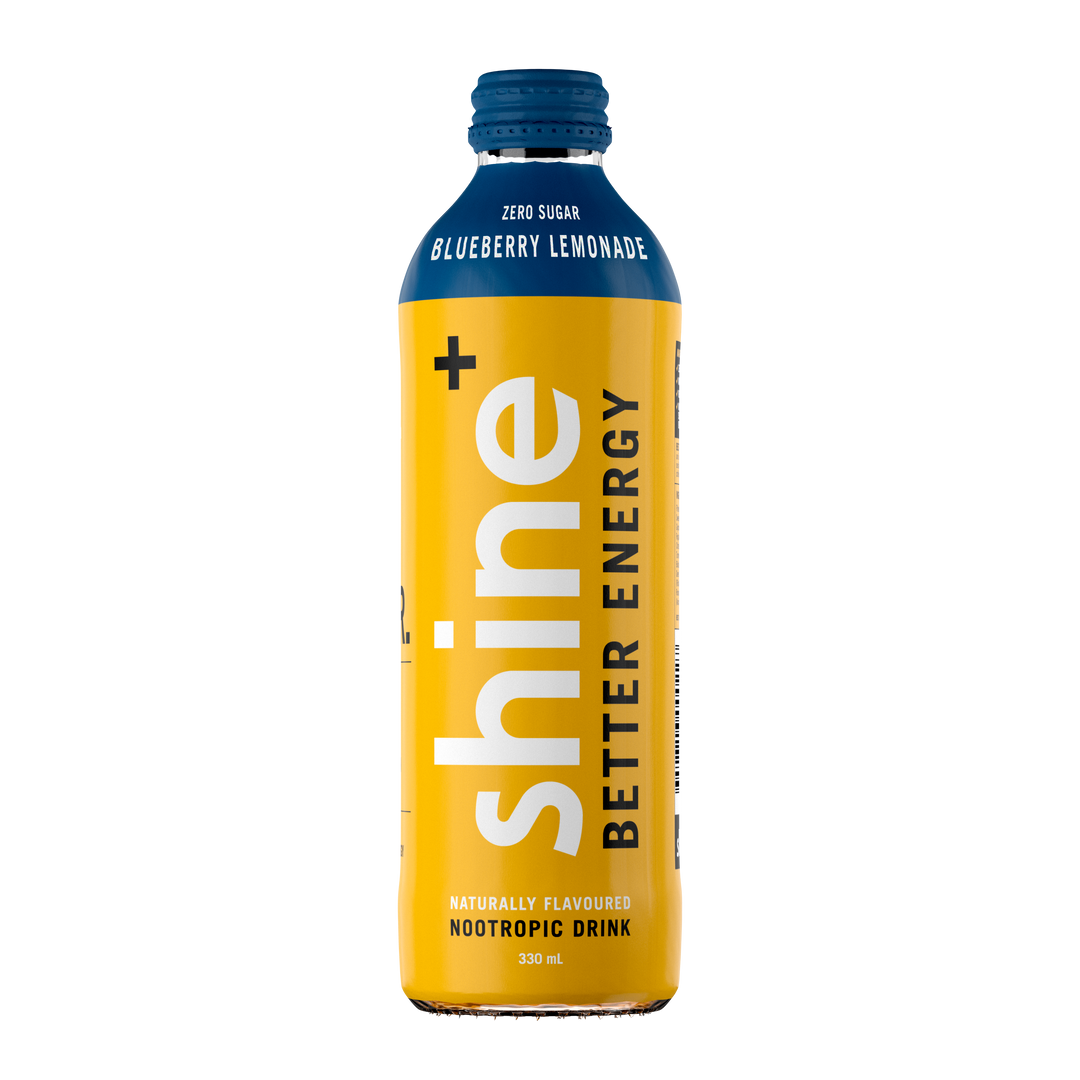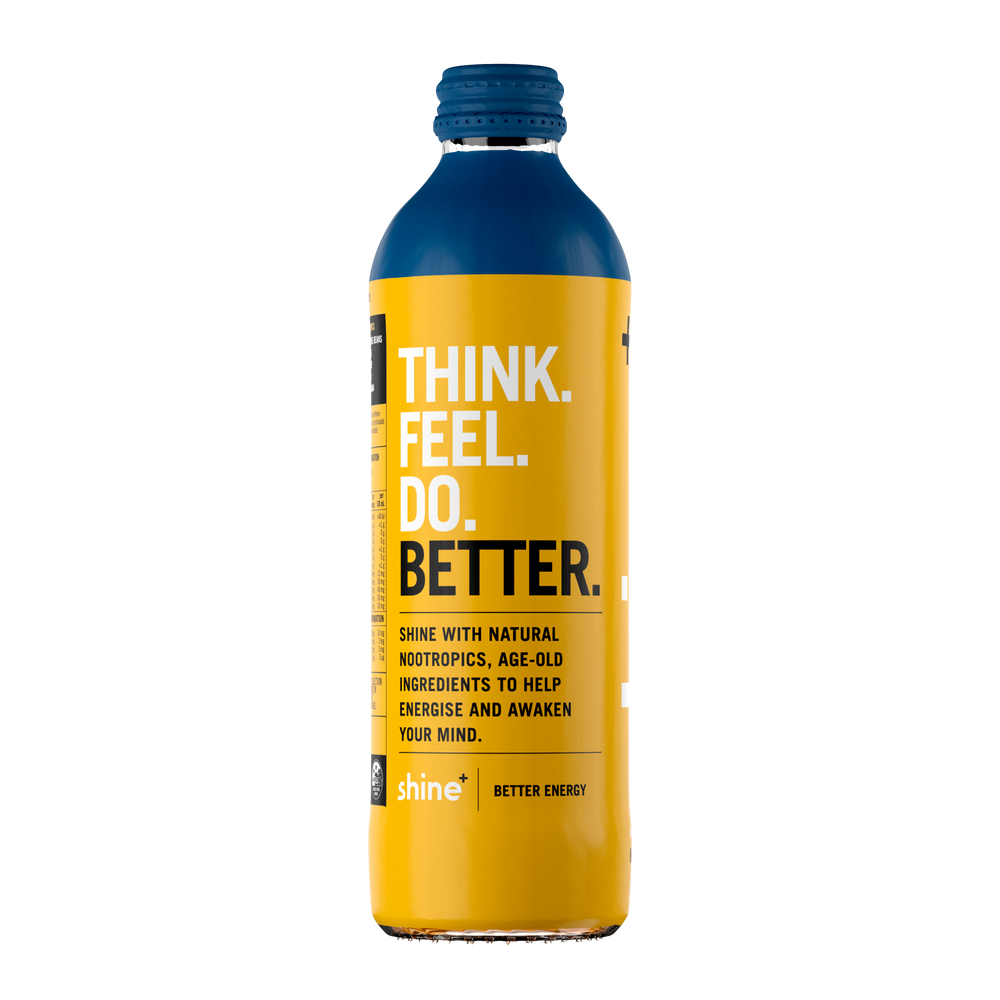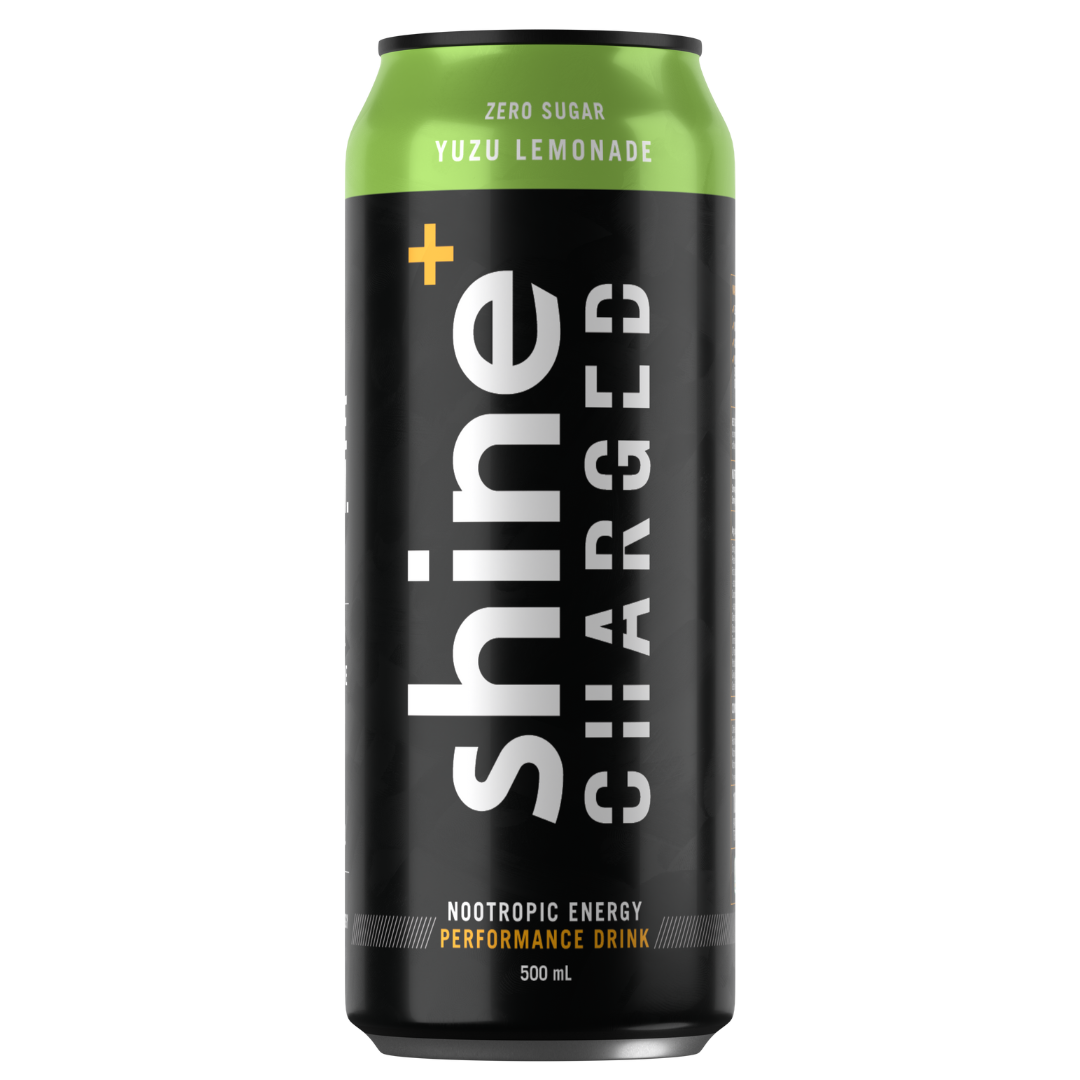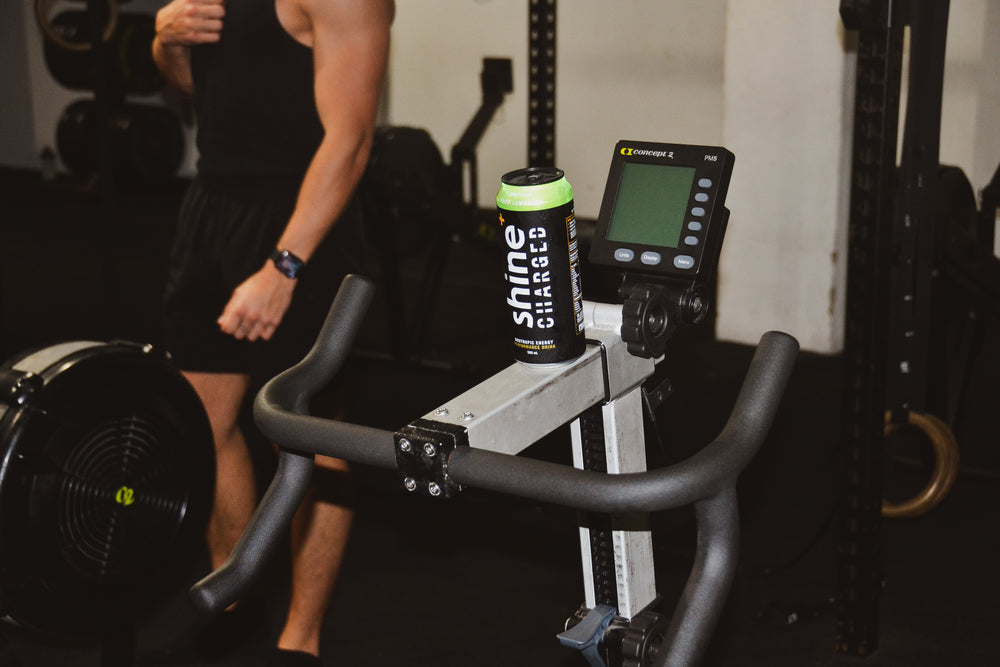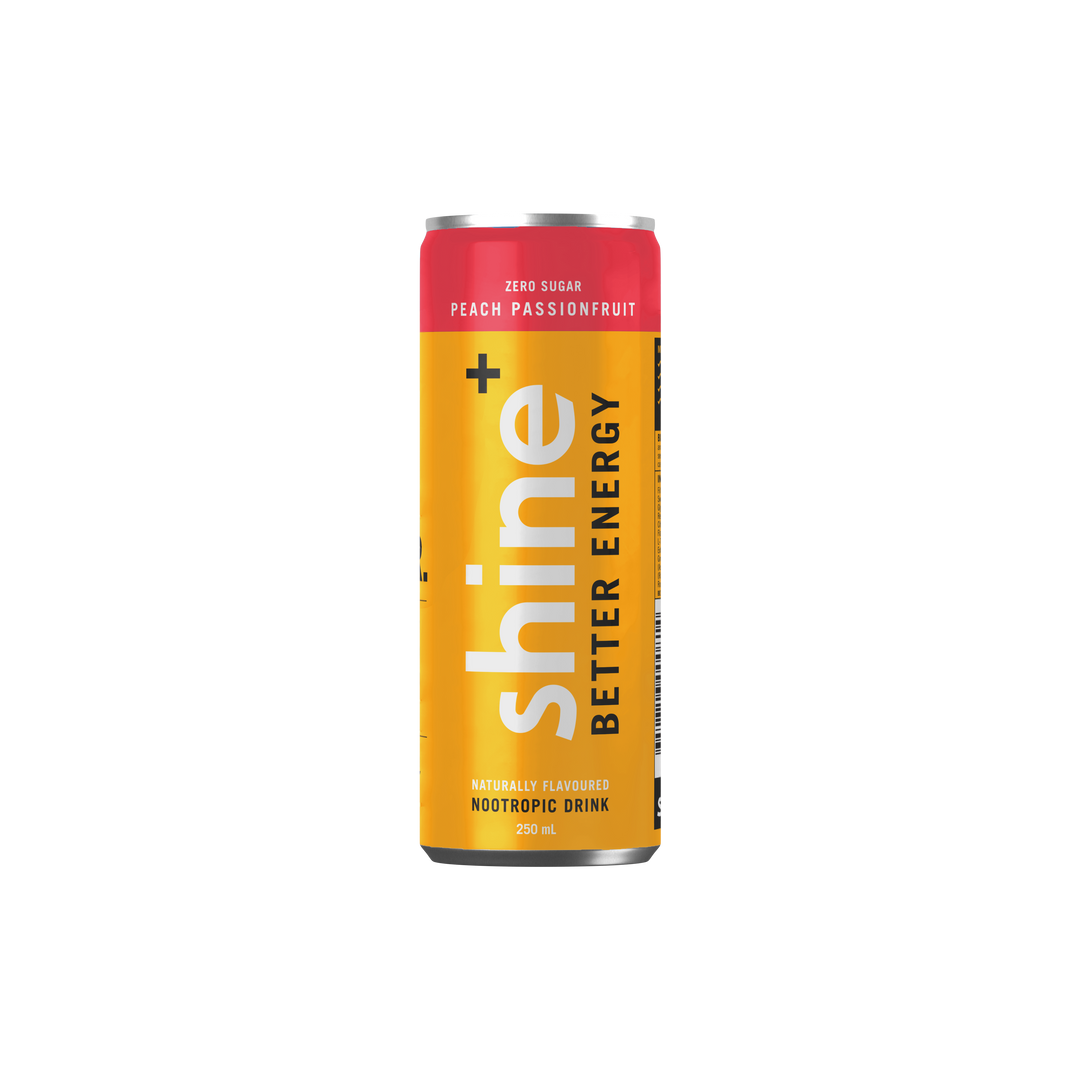THE DARK SIDE OF OUR DEVICES: BLUE LIGHT
Have you ever stayed up late working on a project due the next day? Have you ever sat in bed trying to fire off those last few emails before another day of work tomorrow? We’ve all been there. The bad news is, it’s not good for you and not just because you’re staying up reducing those precious minutes of sleep. The blue light emitted from your device is actually ruining your sleep before you’ve even started. To really get to the bottom of why this is so bad for you, we need to delve into a little bit of history and learn some basic biology – up for it? Read on.
Key points
- Our body clock is affected by artificial light.
- Short wavelength blue light is the most damaging.
- Melatonin production is reduced - the hormone that helps us sleep.
- Lack of sleep can affect alertness, concentration and memory.
- Risk is most significant for young people.
Until the invention of artificial lighting, our lives as humans were dictated by sunlight hours. People naturally had to spend their evenings in pure darkness. As humanity progressed, people used animal fat based candles and then progressed to gas lighting in the early 19th century in London - our lives at night progressively became more illuminated. By the mid-19th century, many of the major cities of the world had adopted gas lighting and the middle classes took advantage of it by window shopping and going to pubs and theatres. This is when the term, “night-life” was coined – yes, night-life is a 19th century word. By the end of the 1800’s, Thomas Edison had invented the electric lightbulb, first lasting 40 hours. Fast forwarding through history and we have developed power grinds, illuminating our roads and cities. We now have endless sources of light; our phones, tablets, laptops and more. We’ve moved from being a species that could only do real, productive work during daylight hours to now being able to do work at anytime, anywhere. Whilst we’re all thankful for it, we must be mindful and aware of the effects of this artificial way of life we have cultivated.
So what are the drawbacks of all this light we take for granted and advantage of? According to Harvard Medical School, artificial light at night throws the body’s body clock – the circadian rhythm – out of whack. Our sleep certainly suffers the consequences but the effects of artificial lighting spread much further. A tonne of research shows that it may contribute to the development of cancer, diabetes, heart disease, and obesity.
Whilst all light that is around when the sun is done is damaging to an extent, not all wavelengths are equal in the damage they induce on our bodies. Blue wavelengths have been identified as the most disruptive to our systems to night. Now before we delve any deeper to blue Light’s negative consequences it’s important to note that they are actually quite a useful tool – during the day. In daylight hours, blue light has actually been found to increase attention, improve reaction times and mood. What’s important to note is that all our devices that have improved our lives in so many ways, emit blue light and using them at night is damaging our health.
What exactly is a Circadian Rhythm?
We all have slightly different circadian rhythms, but the average length is around 24 hours. The circadian rhythm of ‘night-owls’ is slightly longer, while the rhythms of ‘earlier birds’ are shorter than 24 hours. Research by Dr. Charles Czeisler of Harvard Medical School found that daylight keeps a person’s internal clock aligned with the environment.
Why is blue light worse than other forms?
The answer is blue light lowers out secretion of melatonin – the hormone that controls our sleep. While all forms of light can suppress the secretion of melatonin, blue light does so more intensely. Harvard researchers conducted an experiment comparing the effects of 6.5 hours of exposure to blue light vs. green light of comparable brightness. The blue light suppressed melatonin for almost twice as long as the green light and shifted circadian rhythms by twice as much (3 hours compared to 1.5 hours).
Furthermore, researchers at the University of Toronto compared the melatonin levels of people exposed to bright indoor light who were wearing blue-light–blocking goggles to people exposed to regular dim light without wearing goggles. The fact that the levels of the hormone were about the same in the two groups strengthens the research that blue light is a strongly suppresses our melatonin levels.
How can we lower our exposure to blue light?
Put the iPhone down now! Just kidding, but it is a good idea to set yourself a few rules regarding your devices. An hour prior your routine ‘bed-time’, connect your phone and tablets to a charger and leave it alone until your alarm goes off in the morning. Not only will this get you into routine and set you a deadline for your work to be done each night, your health will improve! If you’re Apple user, they have just introduced ‘Night Shift’. Night Shift attempts to fight the blue light problem by changing the colour of the screen to a warmer, reddish hue at dusk and resetting to the usual blue tones in the morning. You can also set what times it does this to suit your routine. Software called F.lux is the computer version Night Shift, available on Mac, Windows, Linux, IPad and Android devices.
Take advantage of blue light to ahead you ahead of the daily grind but make sure you fight its negative consequences after dark. Health hacks aside, your partner, parents or roommates will probably appreciate spending some more quality with you. My next article will dig a bit further into the areas of our health that blue light is attacking.
WORDS BY MILLY COLLISON


